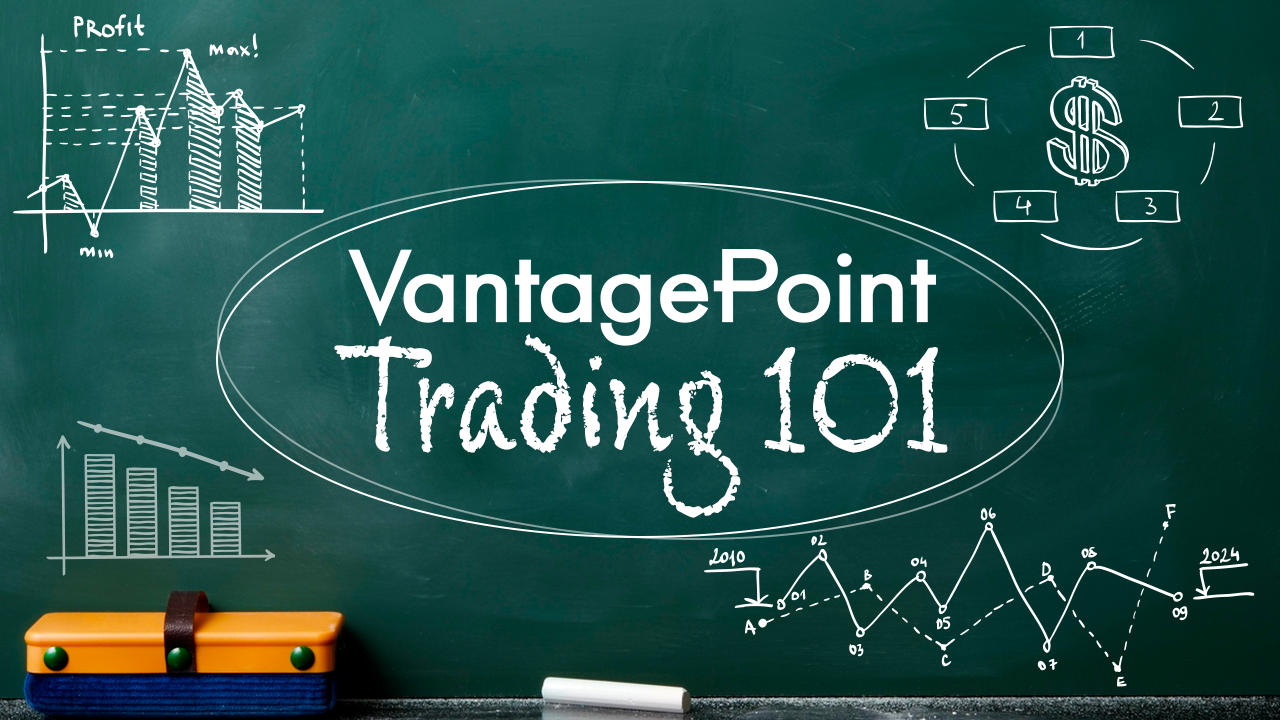If you’ve ever felt like trading is a secret society with its own language, you’re not alone. From “bull markets” to “bear traps,” the world of trading can seem like a maze of mysterious terms. But fear not—here, we’re decoding the top 15 financial terms every trader should know. Get ready to impress your peers, boost your trading savvy, and decode the lingo that makes the market tick.
- CBDC (Central Bank Digital Currency): CBDCs are digital versions of traditional money issued by central banks, such as the U.S. dollar or Euro. Unlike volatile cryptocurrencies, CBDCs are regulated and controlled by government institutions. Their main goals are to improve financial inclusion, lower transaction costs, and enhance payment efficiency, though they face challenges regarding security, privacy, and implementation expenses.
- Central Banks: Central banks are often the institutions that craft monetary policies, set interest rates, and supervise other banks. Prominent examples include the U.S. Federal Reserve, which handles monetary policy through the FOMC, the European Central Bank, and the Bank of Japan. Unlike commercial banks, central banks have regulatory powers and significantly influence economic policies. Their primary objectives are to ensure financial stability, manage inflation, and oversee national currency reserves.
- CCI (Consumer Confidence Index): The Consumer Confidence Index (CCI) is an economic indicator that helps gauge household spending and saving behaviors. Like GDP and CPI, it reflects economic conditions. A high CCI suggests consumer optimism and potential increased spending, while a low CCI points to pessimism and possible higher saving rates. CCI data impacts market decisions, including forex trading, by representing consumer confidence and economic outlook.
- CPI (Consumer Price Index): The Consumer Price Index (CPI) is a key measure used by U.S. policymakers to track inflation and deflation by monitoring price changes of over 90,000 goods and services. It provides insights into the purchasing power of the dollar. Although there are criticisms regarding its ability to fully reflect diverse consumption patterns, CPI remains a crucial metric for economists and policymakers.
- EBITA (Earnings Before Interest, Taxes, and Amortization): EBITA, or Earnings Before Interest, Taxes, and Amortization, is a metric used to evaluate a company’s profitability and operational efficiency by excluding interest, taxes, and amortization costs. It helps investors compare companies within the same industry. Despite its usefulness, EBITA can overlook certain expenses, making it less comprehensive when used alone for valuation. Nonetheless, it is an important tool for assessing a company’s financial health.
- Earnings Season: Earnings season is a period when many publicly traded companies release their quarterly financial reports, providing valuable insights into their performance. These reports include key metrics such as revenue, profit margins, and earnings per share, affecting market volatility and trading strategies. Understanding these reports is crucial for investors and traders to make informed decisions. Earnings season offers a full view of a company’s health, influencing investment strategies and assessing prospects.
- EIA (Energy Information Administration): Established by the U.S. Congress in 1977, the Energy Information Administration (EIA) provides data and analysis on American energy supplies. Created in response to the 1973 oil crisis, the EIA offers crucial statistics and forecasts on energy commodities like oil and natural gas. Its reports, such as “This Week in Petroleum,” support policymaking and inform market participants about energy trends.
- ESG (Environmental, Social, and Governance): ESG stands for Environmental, Social, and Governance, a set of criteria used to evaluate a company’s sustainability and ethical practices. Common in investing, ESG factors include environmental impact, social responsibility, and governance practices like transparency and diversity. Investors use ESG scores to assess the ethical aspects of their investments, like how consumers choose products based on environmental and social considerations.
- Eurozone: The Eurozone comprises 20 European countries that have adopted the euro as their currency, distinguishing it from the European Union’s 27-member political and economic union. The Eurozone was established with the Maastricht Treaty in 1993 and officially introduced the euro in 2002. This region represents a significant economic block within Europe, and understanding its structure and economic dynamics is key to comprehending global financial trends.
- FOMC (Federal Open Market Committee): The Federal Open Market Committee (FOMC) is a 12-member body within the U.S. Federal Reserve responsible for setting monetary policy, including the federal funds rate. The FOMC uses open market operations to control the money supply and influence interest rates by buying or selling government securities. Their decisions, based on economic indicators like inflation and employment, significantly impact the U.S. economy and financial markets.
- FIE (Foreign Invested Enterprise): Foreign Invested Enterprises (FIEs) are entities established in China that allow foreign investors to invest in various business ventures. FIEs include Equity Joint Ventures (EJVs), Cooperative Joint Ventures (CJVs), and Wholly-Owned Foreign Enterprises (WOFEs). With the 2020 revision of China’s Foreign Investment Law, the emphasis has shifted towards increased transparency and protection for foreign investors, making it crucial to navigate these regulations strategically.
- Fiscal Policy: Fiscal policy involves government adjustments in taxation, spending, and borrowing to influence economic stability and growth. It affects aggregate demand, resource allocation, and income distribution. Changes in tax rates and government spending can stimulate or restrain economic growth and manage inflation. Fiscal policy impacts economic activity by altering disposable income and directing funds to sectors needing economic stimulus. Read about fiscal dominance here.
- GDP (Gross Domestic Product): Gross Domestic Product (GDP) measures the total market value of goods and services produced within a country’s borders over a specific period. It serves as a key indicator of economic health, with an ideal growth rate of 2% to 3%. GDP can be measured through income, output, and spending methods. It can also be presented as Nominal GDP, Real GDP, or GDP per capita to assess economic health, living standards, and overall prosperity.
- Gearing Ratio: The gearing ratio measures a company’s debt relative to its equity, indicating how much of its funding comes from borrowed money versus shareholder investment. A high gearing ratio suggests greater reliance on debt, increasing financial risk, while a low ratio indicates a stronger financial position. Commonly used ratios include the Debt-to-Equity (D/E) Ratio, Debt Ratio, and Equity Ratio, which help assess financial risk and investment potential.
- Hawkish vs Dovish: The terms hawkish and dovish describe different approaches to monetary policy. Hawks advocate for higher interest rates to control inflation, while doves prefer lower rates to stimulate economic growth. For example, the Fed’s hawkish stance in 2022 involved raising rates to curb inflation, whereas the Bank of Japan maintained a dovish approach with low rates. Each stance has its pros and cons, affecting economic stability and growth differently.
Understanding these 15 key financial terms is just the beginning of mastering the trading world. As you integrate this knowledge into your strategy, remember that simplifying your approach can significantly boost your trading success. Artificial intelligence is here to help streamline your process and provide precise, real-time insights into the market.
Ready to see how A.I. can revolutionize your trading? Join us for our next Free Live A.I. Stock Forecasting Session! Don’t miss this opportunity to elevate your trading game with dual-patented A.I. forecasting software today. Save your spot now and get ahead in the market!








